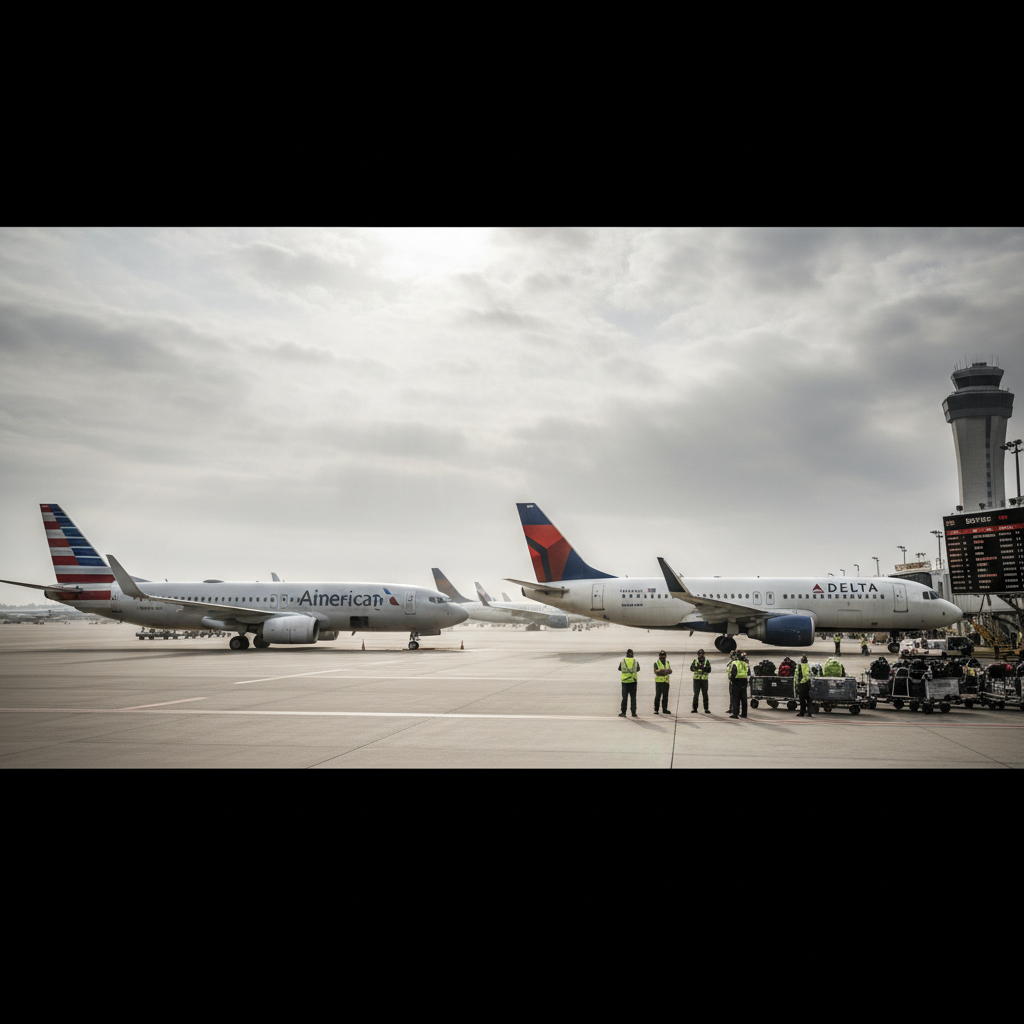Physical Address
304 North Cardinal St.
Dorchester Center, MA 02124
Physical Address
304 North Cardinal St.
Dorchester Center, MA 02124
Global aviation news tracker
Global aviation news tracker

Federal Aviation Administration (FAA) staffing shortages triggered major delays across 22 U.S. airports on October 27, 2025.
Shortages of air traffic controllers (ATC) left the system brittle on October 27, 2025, producing widespread operational knock-on effects: more than 8,000 flights were delayed and airlines reported a roughly 50% surge in disruptions compared with a typical day. The disruption stretched across hubs and spoke airports, affecting passenger travel nationwide and increasing pressure on the FAA to close persistent staffing gaps.
Airlines scrambled to rebook passengers and manage sequences as surface and airborne delays cascaded through schedules. With controllers pulled thin, some towers and radar facilities reduced arrival rates and held aircraft longer, which amplified gate and crew challenges for carriers. Travelers faced long waits, missed connections, and crowded terminals.
Controllers handle flow management, separation, and safe sequencing — tasks that can’t be automated overnight. The FAA has long described recruitment and training as multi-month processes: candidates must be hired, pass medical and security checks, and complete academy and facility training before taking full operational shifts. Until those pipelines strengthen, delays will remain a structural risk for the U.S. system.
Airports and carriers called for accelerated hiring and retention measures while acknowledging training cannot be rushed. Passenger advocacy groups urged better real-time communication and contingency plans. For travelers, the immediate advice remains practical: check flight status before heading to the airport, allow extra connection time, and register contact details with your carrier for rapid rebooking updates.
The FAA faces short-term operational fixes and longer-term workforce planning to restore resilience. Until those measures take effect, single-day shocks like the October 27 event highlight how personnel shortages translate quickly into system-wide delays.